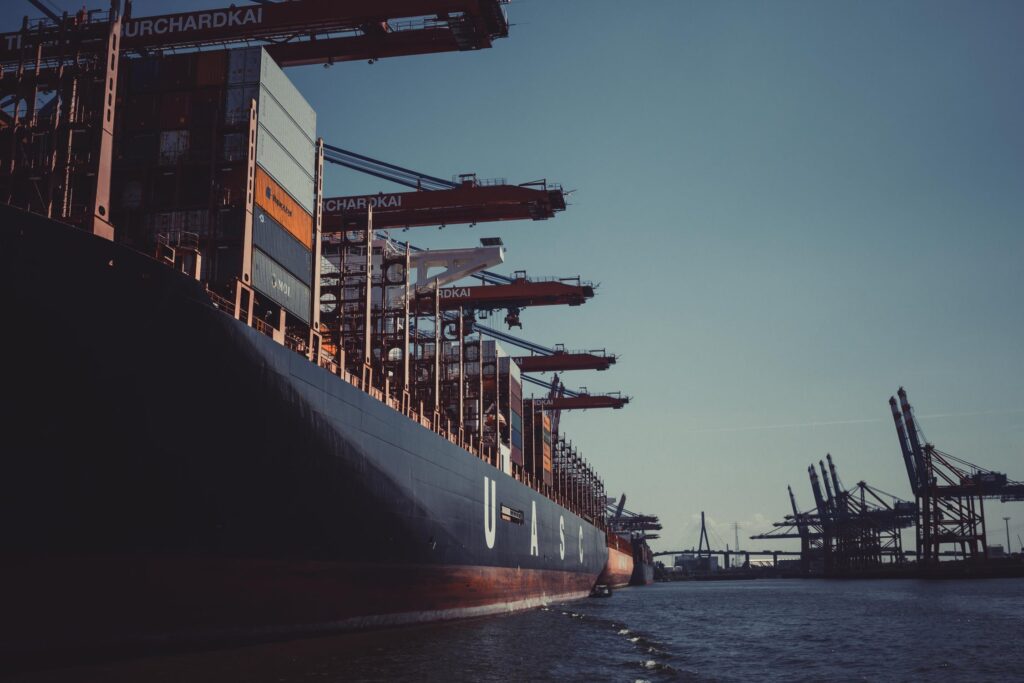As drone technology has made impressive improvements and regulations have become less restrictive, drones have increasingly made a name for themselves in numerous industries. This is true of delivery in the shipping industry as well.
Because the FAA eased restrictions and approved a number of pilot tests, many companies have been testing drone deliveries for the last several years. As a result, the technology has shown impressive improvements.
Many in the drone business are hoping that the first drone delivery to a vessel signals the future of the shipping industry. This hope is based upon a recent delivery of a package to the Allseas’ Pioneering Spirit construction vessel, which is the world’s largest vessel (by gross tonnage). This makes the delivery the first drone delivery of its kind.
The pilot project is considering the potential of using drones in the future to increase the efficiency of transportation at the Port of Rotterdam.
Dutch Drone Delta combined their efforts with the Port of Rotterdam Authority and Allseas to test this drone delivery system. Instead of having a boat or helicopter dropping off the package, this pilot program will send drones to deliver certain supplies essential to ships.
This project will focus on preparing the airspace for autonomous drones in the next few years, and making sure the drone technology is at the level where drones can work efficiently and safely in the port’s environment. Although the initial flight was a necessary attempt to test the possibility of such a delivery system, it still required that the drone pilot had a visual line-of-sight with the drone during the flight.
So far, the most effective use for delivery service has been in delivering medical supplies. Zipline, an American company, has set the pace for everyone else. Since 2016, they have delivered medical supplies in remote areas of Rwanda. Since then they have expanded such deliveries, as well as delivering personal protective equipment and medical equipment to areas in our own country, such as North Carolina.
The goal of Dutch Drone Delta is to deliver cargo to ships over a long distance, with an autonomous drone system which uses passenger drones to fly passengers out to ships.
According to Stephan van Vuren from Dutch Drone Delta, “the sky’s the limit when it comes to using drones in the port area.” To reduce water pollution, firefighting, and law enforcement drones can be utilized in incident control and prevention. In addition, drones can also be used to inspect the port’s assets by checking for damage or assisting in maintenance.
In addition to having drones focused on the port itself, they can be used in other services, such as delivering packages to ships and oil rigs, as well as delivering emergency medicine, equipment, blood, and human organs.
The hope is to eventually have huge air cargo drones flying back and forth from ships at the same time that passenger drones drop off crew members and passengers.
Future
The question of whether the first drone delivery to a vessel signals the future of the shipping industry is not difficult to answer in light of the advancement drones have made in recent years.
Some say the future is here, and that is true in many ways, however, considering the ambitious goal of Dutch Drone Delta, attaining their goal of having huge air cargo drones flying back and forth from ships at the same time that passenger drones drop off crew members and passengers, may still be a few years in the future. The fulfillment of such a goal, however, is a matter of time!
Considering the impressive improvement in drone technology in the last few years, there is no reason to think Stephan van Vuren and his Dutch Drone Delta company is merely whistling in the dark. Every indication is that it will happen!
As Mr. Van Vuren put it, “the sky’s the limit when it comes to using drones in the port area.”



